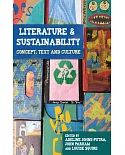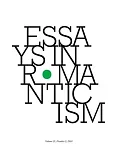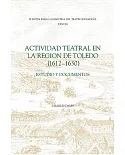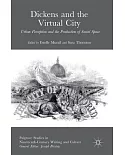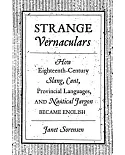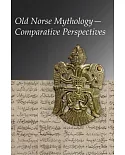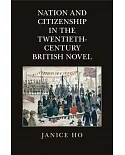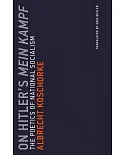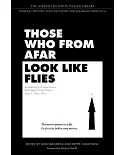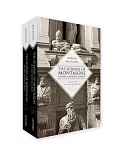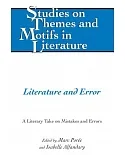Pícaro and Cortesano have been traditionally viewed as antithetical figures representing a strict spatial metaphor between center and periphery. This book challenges that view by
positing a relationship between these two significant figures and their respective books, picaresque narrative and courtesy manual. The handbook of conduct tacitly engages the question of
identity by offering a model for fashioning the self, while picaresque narrative explicitly reflects on how identity is constituted and sustained. The book argues that pícaro and
cortesano rely upon a range of shared cultural, social and symbolic resources to fashion, maintain and enhance their identity and position.



